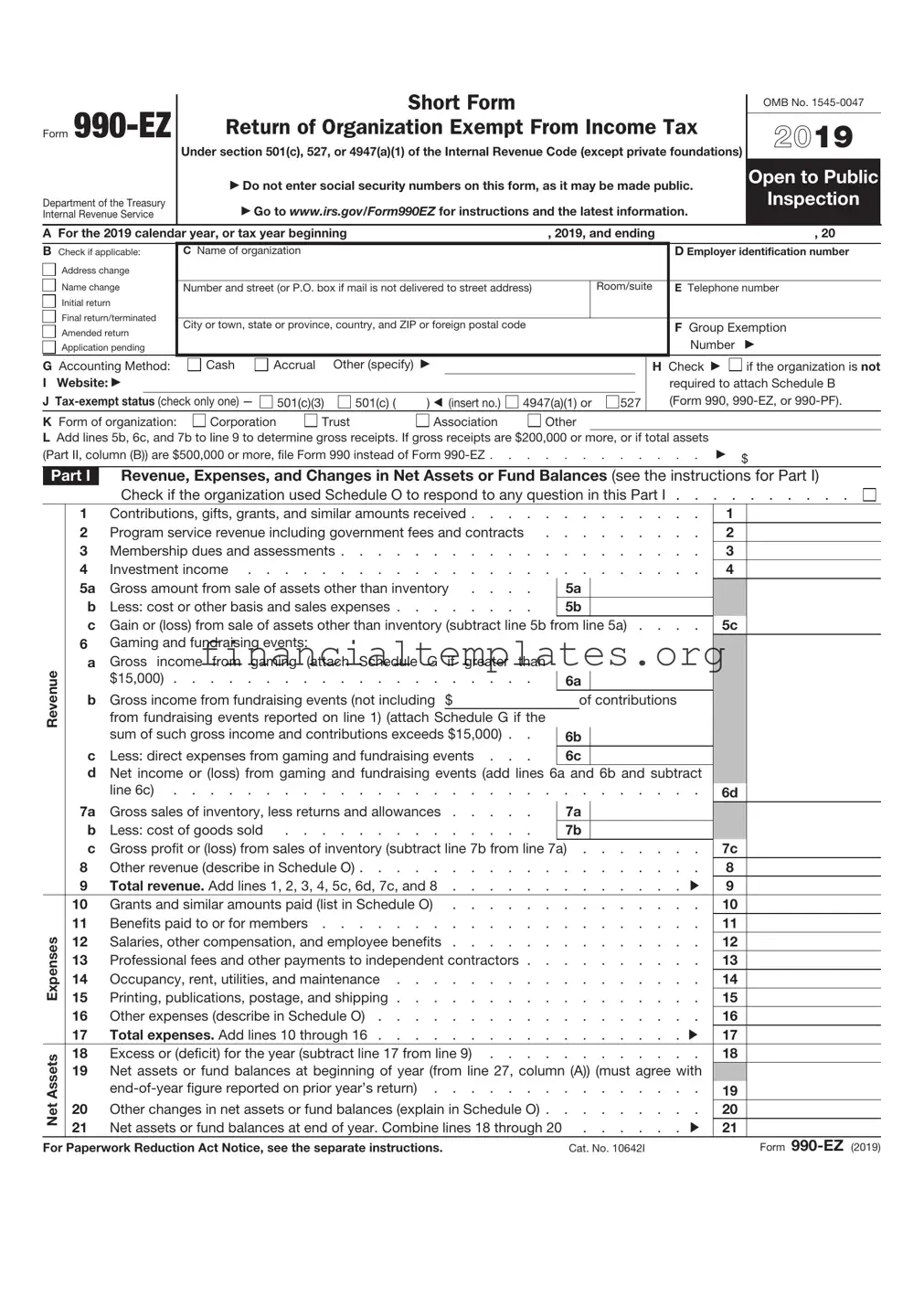33Did the organization engage in any significant activity not previously reported to the IRS? If “Yes,” provide a
detailed description of each activity in Schedule O . . . . . . . . . . . . . . . . . . .
?? 34 Were any significant changes made to the organizing or governing documents? If “Yes,” attach a conformed |
copy of the amended documents if they reflect a change to the organization’s name. Otherwise, explain the |
change on Schedule O. See instructions . . . . . . . . . . . . . . . . . . . . . .
35a Did the organization have unrelated business gross income of $1,000 or more during the year from business activities (such as those reported on lines 2, 6a, and 7a, among others)? . . . . . . . . . . . .
bIf “Yes” to line 35a, has the organization filed a Form 990-T for the year? If “No,” provide an explanation in Schedule O
cWas the organization a section 501(c)(4), 501(c)(5), or 501(c)(6) organization subject to section 6033(e) notice, reporting, and proxy tax requirements during the year? If “Yes,” complete Schedule C, Part III . . . . .
36Did the organization undergo a liquidation, dissolution, termination, or significant disposition of net assets
during the year? If “Yes,” complete applicable parts of Schedule N . . . . . . . . . . . . .
Enter amount of political expenditures, direct or indirect, as described in the instructions ▶ 37a
Did the organization file Form 1120-POL for this year? . . . . . . . . . . . . . . . . . .
Did the organization borrow from, or make any loans to, any officer, director, trustee, or key employee; or were any such loans made in a prior year and still outstanding at the end of the tax year covered by this return? .
b |
If “Yes,” complete Schedule L, Part II, and enter the total amount involved . . . . |
38b |
|
39 |
Section 501(c)(7) organizations. Enter: |
|
|
a |
Initiation fees and capital contributions included on line 9 |
39a |
|
b |
Gross receipts, included on line 9, for public use of club facilities |
39b |
|
40a |
Section 501(c)(3) organizations. Enter amount of tax imposed on the organization during the year under: |
section 4911 ▶ |
; section 4912 ▶ |
; section 4955 ▶ |
bSection 501(c)(3), 501(c)(4), and 501(c)(29) organizations. Did the organization engage in any section 4958 excess benefit transaction during the year, or did it engage in an excess benefit transaction in a prior year that has not been reported on any of its prior Forms 990 or 990-EZ? If “Yes,” complete Schedule L, Part I
cSection 501(c)(3), 501(c)(4), and 501(c)(29) organizations. Enter amount of tax imposed on organization managers or disqualified persons during the year under sections 4912,
4955, and 4958 . . . . . . . . . . . . . . . . . . . . . . . ▶
dSection 501(c)(3), 501(c)(4), and 501(c)(29) organizations. Enter amount of tax on line
40c reimbursed by the organization . . . . . . . . . . . . . . . . ▶
eAll organizations. At any time during the tax year, was the organization a party to a prohibited tax shelter transaction? If “Yes,” complete Form 8886-T . . . . . . . . . . . . . . . . . . . . .
List the states with which a copy of this return is filed ▶




